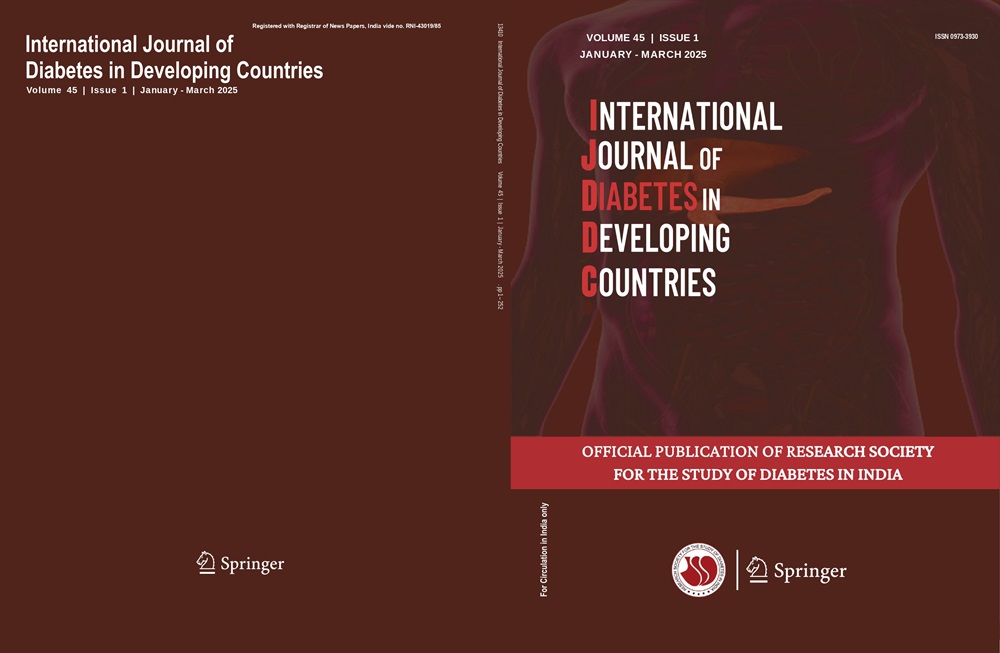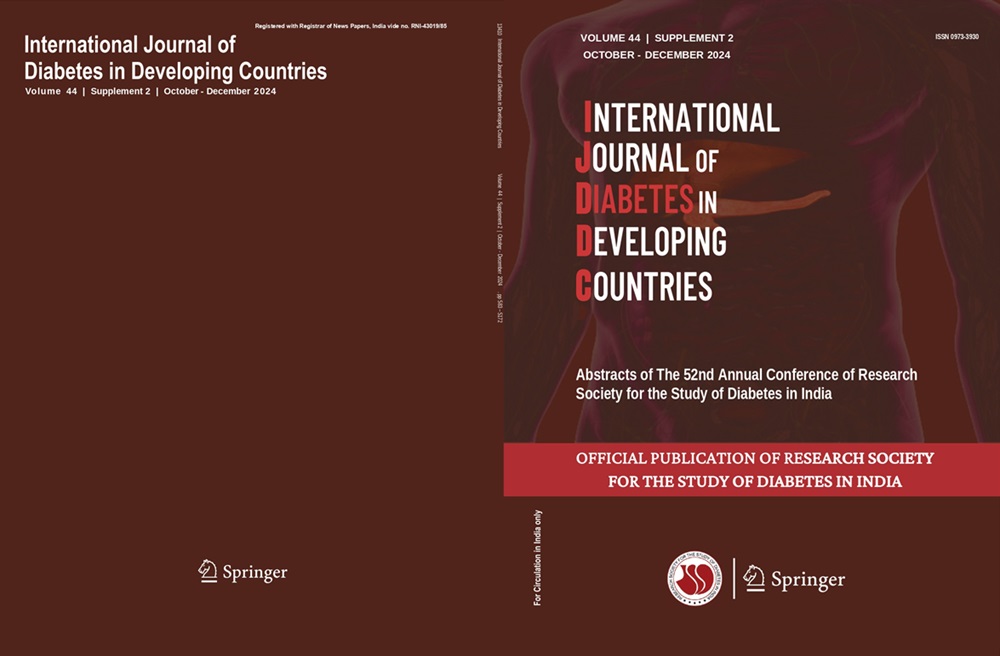Yavuzalp Solak, Hasan Durmuş, Gürgün Tuğçe Vural Solak, Seher Çetinkaya Altuntaş, Ahmet Gazi Mustan
Keywords
Diabetes mellitus • HbA1c • Food literacy • COVID-19
Abstract
Background Diabetes Mellitus is recognized as one of the most prevalent chronic diseases worldwide. The disruptions encountered in healthcare services during the pandemic period have significantly impacted the treatment and monitoring of these patients. While the concept of food literacy is relatively new, its potential impact on nutrition-related chronic diseases remains to be fully demonstrated.
Objective This study aimed to determine glycemic control of DM patients without physician supervision was affected by treatment adherence and food literacy during COVID-19.
Methods This was a cross-sectional study. A face-to-face survey was conducted among the patients who were admitted to the Internal Medicine outpatient clinic between April 2021 and October 2021 who had been ill with type 2 DM for more than one year, and whose medical follow-up was delayed by at least one year due to the pandemic.
Results A total of 154 patients 90 (58.4%) of whom were women, participated in our study. HbA1c in patients in 2020 ranged from 5.2 to 14.0 with a mean of 8.36 ± 2.00, whereas HbA1c in 2021 ranged from 5.6 to 14.3 with a mean of 8.38 ± 1.86. Minimal increase in HbA1c was observed in patients last year without a physician’s check-ups, the difference was not significant. While the rate of change of HbA1c group in the good direction was higher in subjects with good food literacy (p = 0.011). The food literacy scores of patients whose HbA1c changed in the good direction (35.4 ± 4.3) were higher. Food literacy scores of patients with decreased HbA1c were significantly higher (33.0 ± 6.6).
Conclusion While the rate of change in the good direction in the HbA1c group was higher among participants with good food literacy, the rate of change in the poor direction in the HbA1c group was higher among participants with poor food literacy




